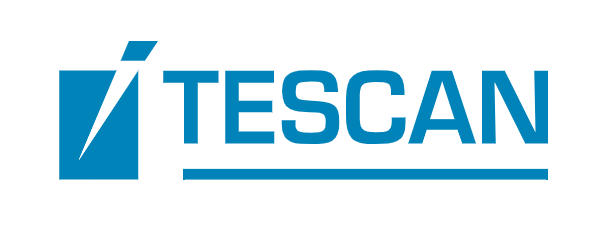Speaker
Description
In this talk, we consider a two-phase Darcy flow in a fractured and deformable porous medium for which the fractures are described as a network of planar surfaces leading to so-called hybrid-dimensional models. Fractures are assumed open and filled by the fluids, and small deformations with a linear elastic constitutive law are considered in the matrix. At matrix-fracture interfaces, phase pressures can be continuous or discontinuous, corresponding to two different models. Unlike single-phase flow, discontinuous pressure models for two-phase flows provide a better accuracy than continuous pressure models even for highly permeable fractures. This is due to the fact that fractures fully filled by one phase can act as barriers for the other phase, resulting in a pressure discontinuity at the matrix fracture interface. The model is discretized using the gradient discretization method, which covers a large class of conforming and non-conforming schemes. This framework allows for a generic convergence analysis of the coupled model using a combination of discrete functional tools. Numerical solutions provided by the continuous and discontinuous pressure models are compared on gas injection and suction test cases using a Two-Point Flux Approximation (TPFA) finite volume scheme for the flows and $\mathbb P_2$ finite elements for the mechanics.
| Time Block Preference | Time Block A (09:00-12:00 CET) |
|---|---|
| Acceptance of Terms and Conditions | Click here to agree |
| Newsletter | I do not want to receive the InterPore newsletter |






